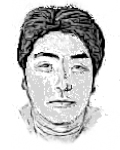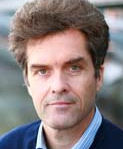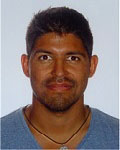
| 01|02|03|04|05|06|07|08|09|10|11|12|13|14|15|16|17|18|19|20|21|22|23|24|25|26|27 | |||||||||||||||||||||
|
Session 17: ENERGY HARVESTING Note: We assume all delegates attend the full 3-day conference. The times/dates shown on the website are tentative for conference scheduling, and subject to change before 20th July 2015, Final schedule will be confirmed on 21st July 2015. Recent developments in automation, wireless technology and smart systems have necessitated the development of self and low-powered sensors and actuators. Many of these sensors convert ambient energy sources such as thermal, mechanical, chemical, optical or biochemical into electrical energy. The objective of energy harvesting is to collect ambient energy and power electronic systems. Various concepts to harvest energy from ambient vibration of the host system have been proposed. Vibration energy harvesting is attractive because harvested energy can be used directly or used to recharge batteries or other storage devices, which enhances battery life and reduces maintenance cost. Applications include wireless sensor systems that are desirable in biological implants, robotic devices and structural health monitoring, where remote operations are required. This can only be accomplished by using chargeable batteries that store harvested energy and/or by directly using the harvested energy. Furthermore, energy harvesting reduces regular monitoring costs. Many vibration energy harvesters explore the ability of active materials, such as piezoelectric materials, to generate electric charge in response to external mechanical vibrations. The session "Energy Harvesting" aims at discussing latest the latest developments in this area. The topics to be covered will include, but are not limited to: 1. Piezoelectric energy harvesting
This session is chaired by:
|
|
|||||||||||||||||||
| Copyright © 2015 North Sea Conference & Journal All rights reserved. Aberdeen, Scotland, United Kingdom Registration No: SC452202 |
|||||||||||||||||||||






